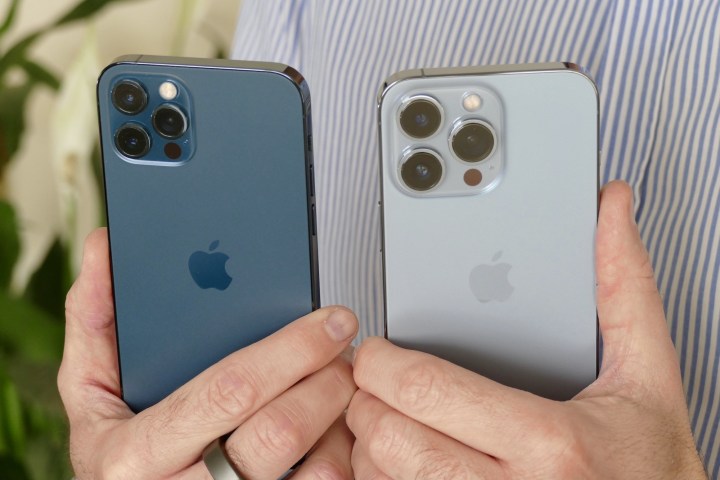Apple’s authorized service will stop repairing iPhones that have been reported as missing. Macrumors’ report cites a memo shared by Apple, which notes that if an iPhone has been listed as missing in the GSMA directory, Apple Stores and Apple Authorized Service Providers are instructed to decline any repair services for it.
The GSMA Device Registry is a global repository of phones that allows users to report their device as missing if it has been stolen or someone has defrauded it out of their possession. Typically the best way to get a device onto the list is to report the loss to your network operator who will then list the device with GSMA. The device status is then shared with the manufacturer, retailer, insurance service provider, and distributor among other points of contact.
More roadblocks to discourage iPhone theft
The idea is to inform all the parties that have anything to do with the phone, so that appropriate action such as killing network access or disabling certain core features remotely can be initiated. GSMA maintains a Device Check database that logs the IMEI number of all devices reported as missing or stolen. Naturally, Apple and its repair chain outlets have access to the GSMA repository, and they’re now putting that privilege to good use.

Repair experts with access to the MobileGenius software suite or GSX systems will now be alerted of an iPhone’s missing status from the GSMA database. For such devices, the desired course of action is to decline the repair services. The idea is to discourage the practice of stolen or illegally obtained iPhones from availing of such services, thereby diminishing their resale value or making it increasingly harder to regularly use such devices if they have serious functional or hardware defects.
Apple already declines repair requests at authorized outlets if the customer can’t disable Find My iPhone alerts on a device. But that system has a loophole. Hardware on which the Find My iPhone was never enabled in the first place passed through without raising any alarms if it was stolen. With GSMA’s device directory becoming part of the status alert system, Apple is trying to address that shortcoming to discourage the repair of missing or stolen iPhones.
What to do if your iPhone is stolen?
Before we address the theft scenario, let’s handle the preventive step first while your iPhone is still in your hands. On your iPhone, head over to the Settings app and follow this path: Settings > Tap on your name > Find My > Find My [device] > Enable the toggle. In case you want to track your device even if it goes offline or the battery is running low, enable the Find My network and Send Last Location options as well.

If your iPhone is misplaced or you worry that it has been stolen, you should immediately mark it as lost using any other Apple hardware. In the Find My app, open the Devices section, select the device that is missing from the list, hit Mark As Lost, and select Activate. Labeling a device as lost remotely locks it, preventing a bad actor from accessing the information stored on it.
Users can also choose to display a custom message alongside their phone number on the Lock Screen, in case it falls in the hands of a good samaritan after being misplaced. Users can also choose to remotely erase all the data stored on a lost or stolen iPhone from within the Devices section in the Find My app.
However, users should first try tracking their lost phone by visiting the icloud.com/find database or firing up the Find My app on another Apple device. In case the device is covered by AppleCare+ with Theft and Loss, users can submit a request for getting a replacement phone. Additionally, it is always a wise decision to report the theft to law enforcement officials as well as the wireless carrier to disable all activities such as calling and messaging to prevent misuse.



